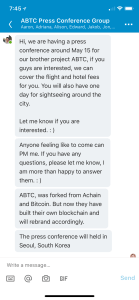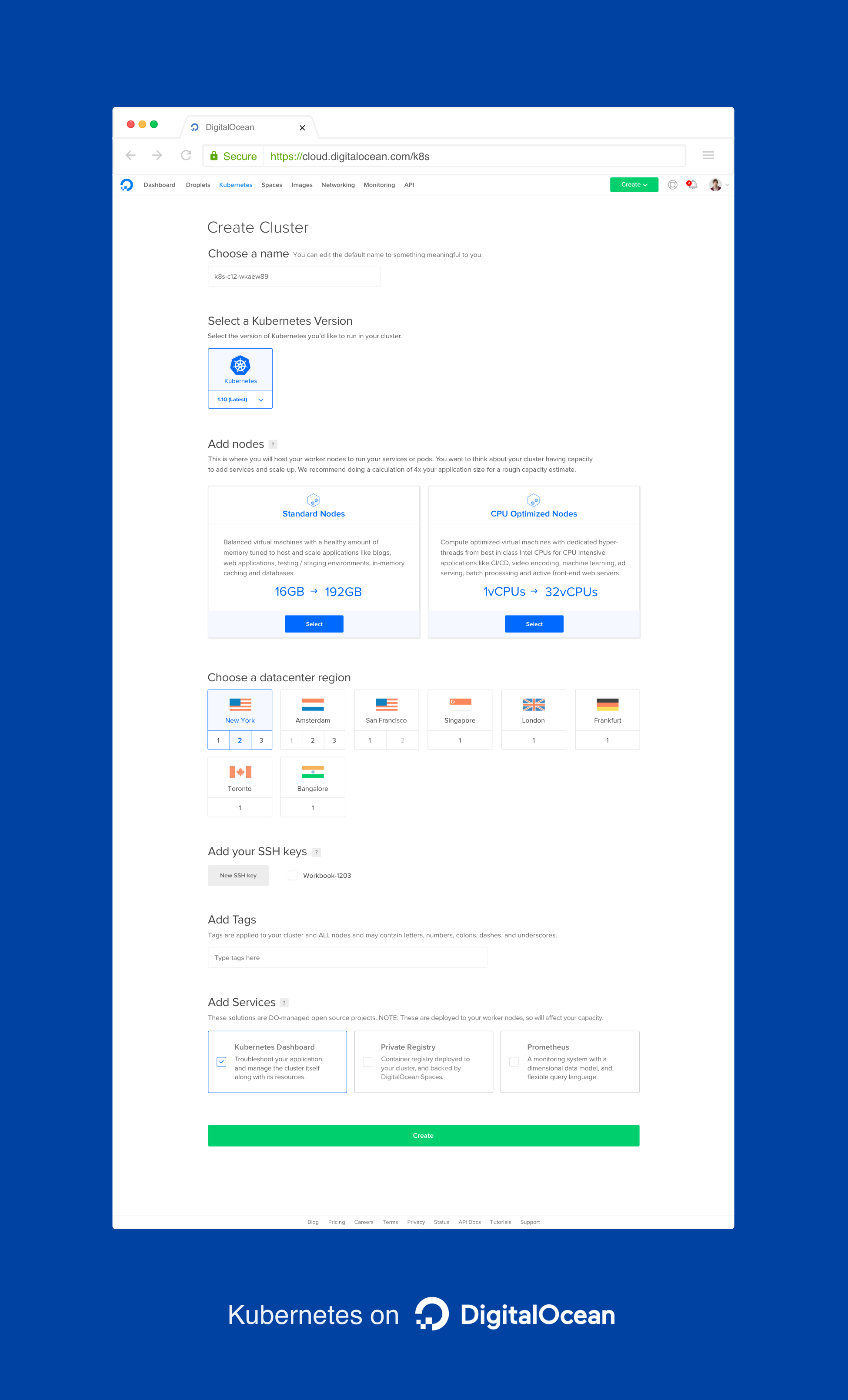Startup life is nothing if not full of ups and downs. On the up this week is Cera, the London-based homecare startup advised by former Deputy Prime Minister Sir Nick Clegg, which today is announcing $17 million in Series A funding. Investing in the round is Guinness Asset Management (via its EIS fund), Yabeo (which is also the lead investor in Germany’s biggest care supply company Pflegebox), and Kairos. In addition, a number of Cera’s seed backers have followed on.
Contrast that with last week when a Bloomberg report alleged that fake reviews of Cera had been posted to third-party websites, such as TrustPilot — allegedly written by “Cera Care employees or people close to them” — and that at the time of its report some non-existent or expired NHS partnerships were incorrectly listed on Cera’s website.
The same report also revealed that Cera — which makes a virtue of its ability to collect and take actions on client data — wasn’t registered with the U.K. data regulator, the Information Commissioner’s Office (ICO), before February this year, although the company tells TechCrunch it began the process a year earlier. Either way, the startup launched as early as November 2016 and therefore was likely operating for a period without the proper data regulation.
Addressing the alleged fake reviews, and alleged misrepresentation of some NHS partnerships, Cera issued TechCrunch with the following statement:
“We have looked into this, and TrustPilot have removed unverified reviews. We pride ourselves on delivering outstanding, high-quality care, which is demonstrated through our platform’s automated customer feedback, which remains at a 95% satisfaction rate.
“Contrary to certain statements in recent press articles, we have partnered with several NHS organisations over the past year, successfully delivering NHS-funded and referred care services. In 2018 we have delivered NHS CCG funded care with the following CCGs: Lambeth, Tower Hamlets, Haringey, Enfield, and previously had partnered with CCGs including Brent, Harrow and Hillingdon, and East London Foundation Trust, in addition to marketing in NHS hospitals including: Central Middlesex, West Middlesex, Northwick Park, Royal Marsden, Whittington and Barnet & Chase Farm. We note that at the time the articles were written, our website was not fully up to date with these materials and have since rectified it – this was in part due to variable contractual expiry dates”.
Meanwhile, Cera says it will use its Series A funding — which is made up of both equity and debt — to expand its services further across the U.K., launching in an additional three cities beyond London, namely Manchester, Leeds and Birmingham, via what it is calling a “buy and build” strategy. This will see Cera buy struggling homecare agencies across the U.K. — many of which it says lack the technology to scale and grow independently — as a more rapid means of expanding.
“In a fragmented market of over 8,000 homecare providers, Cera has built the technology to quickly aggregate U.K. homecare businesses in a scalable manner, in what will be a U.K.-first from a startup in this space. This model will also be used to drive Cera’s expansion to Germany,” says the company.
The injection of capital will also support Cera’s continued investment in “AI”. It has been prototyping a chatbot-styled assistant it calls “Martha,” which it claims can successfully foresee deterioration in patient health, based on carer feedback, such as whether a patient hasn’t been eating, has a fever, or isn’t walking normally. The aim is to pre-empt more serious illnesses and avoid unnecessary admissions to hospital.
Related to this, I understand from Cera’s latest investor email report that Cera has grown its data set to “over 1 million data points” — a 90 percent quarter-on-quarter increase — which it intends to feed into its machine learning-powered predictive analytics tool to help improve health outcomes and reduce preventable hospital admissions. “We are taking active steps to ensure GDPR compliance,” says the company, which is just as well.
The same email details a number of business development updates by Cera, including that it is working on a collaboration with NHS 111 that — if it goes ahead — would permit integration of data records between Cera and the NHS 111 service. The startup is also working on Amazon Alexa integration, and has formed an exclusive partnership with the Daily Mail Group, to offer home care to Daily Mail readers and users.
To that end, the U.K. homecare startup space is pretty crowded already and therefore media partnerships and other more direct ways to market could be quite important beyond simply becoming a partner provider to local health and social care authorities. Cera’s direct U.K. competitors include HomeTouch (backed by Rocket Internet’s GFC, Passion Capital, Bupa, and 500 Startups), and SuperCarers.

 Arguably not everyone knows the rules. They are, quite simply: don’t take free stuff in exchange for positive coverage and don’t take trips. Most tech journalists have a closet full of junk that needs to go back to manufacturers but they should never expect cash from a manufacturer to smooth things along. Junkets are dangerous primarily because they cloud a journalist’s judgment. You can imagine Syria sponsoring a fancy junket into its war zone to understand the extreme chilling effect and bias this would introduce.
Arguably not everyone knows the rules. They are, quite simply: don’t take free stuff in exchange for positive coverage and don’t take trips. Most tech journalists have a closet full of junk that needs to go back to manufacturers but they should never expect cash from a manufacturer to smooth things along. Junkets are dangerous primarily because they cloud a journalist’s judgment. You can imagine Syria sponsoring a fancy junket into its war zone to understand the extreme chilling effect and bias this would introduce.
